Japanese cuisine is renowned for its delicate flavors and emphasis on harmony and balance, and soups are no exception. These traditional soups are not only delicious but also offer comfort and warmth, making them perfect for any occasion. From the famous Miso Soup to the lesser-known but equally delightful Ozoni, each bowl tells a story of Japan’s rich culinary heritage.
Miso Soup
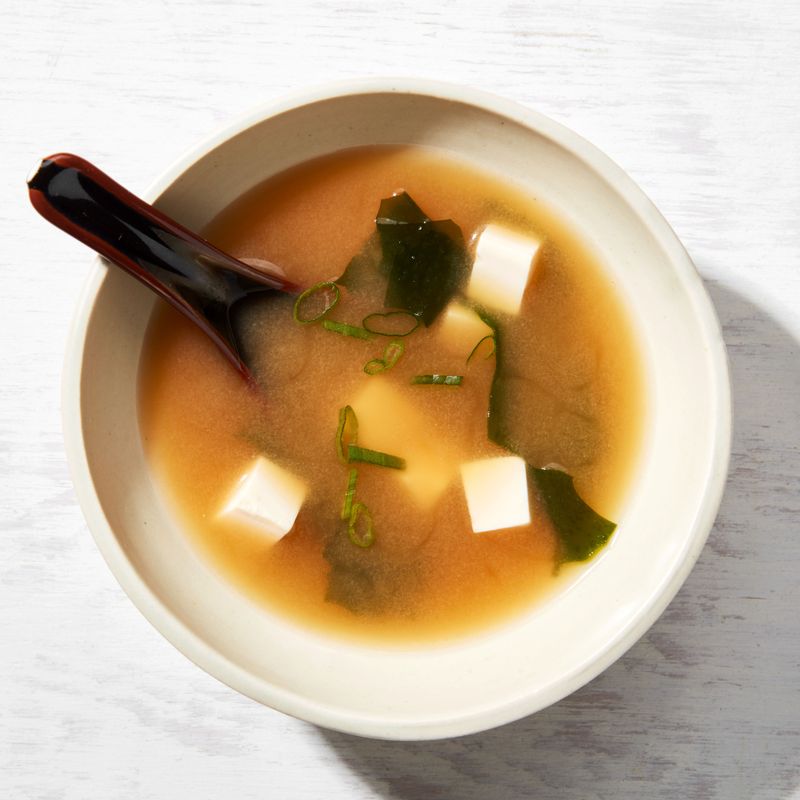
Miso Soup is a quintessential part of Japanese cuisine, known for its umami-rich flavor and soothing qualities. Made with fermented soybean paste, or miso, this soup features delicate tofu cubes and strips of seaweed. The aroma of freshly chopped green onions adds an invigorating touch.
Historically, Miso Soup has been a staple in Japanese households, often served alongside meals to enhance flavors. Its simplicity is matched only by its profound ability to warm the soul. Whether enjoyed at breakfast or dinner, Miso Soup embodies the essence of Japanese comfort food.
Ozoni
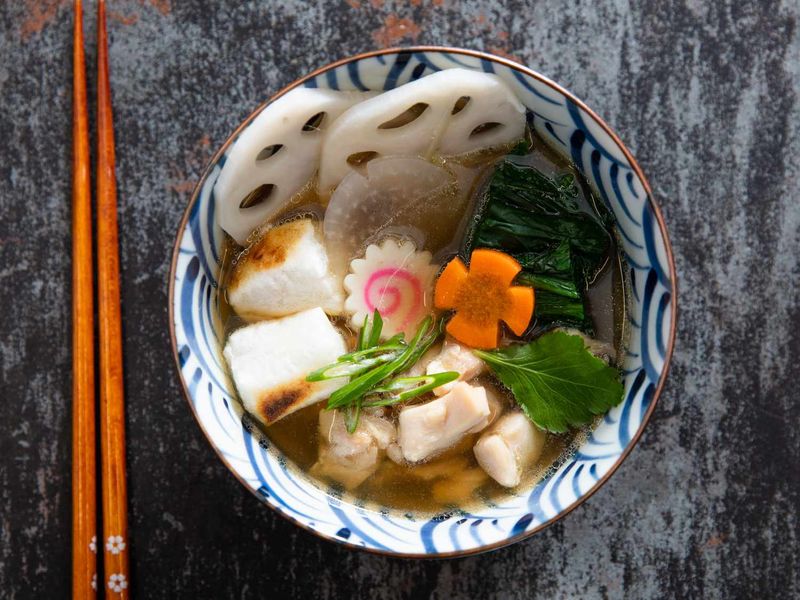
Traditionally served during the New Year celebrations, Ozoni is a vibrant soup that symbolizes prosperity and harmony. The chewy mochi, a type of glutinous rice cake, is the centerpiece, surrounded by beautifully cut vegetables like carrots and shiitake mushrooms.
The clear broth, often derived from seafood or poultry, provides a subtle yet flavorful base. Each region in Japan has its own variation, adding a local twist to the celebration. Ozoni not only warms the body but also brings families together in joyous anticipation of the year ahead.
Zosui
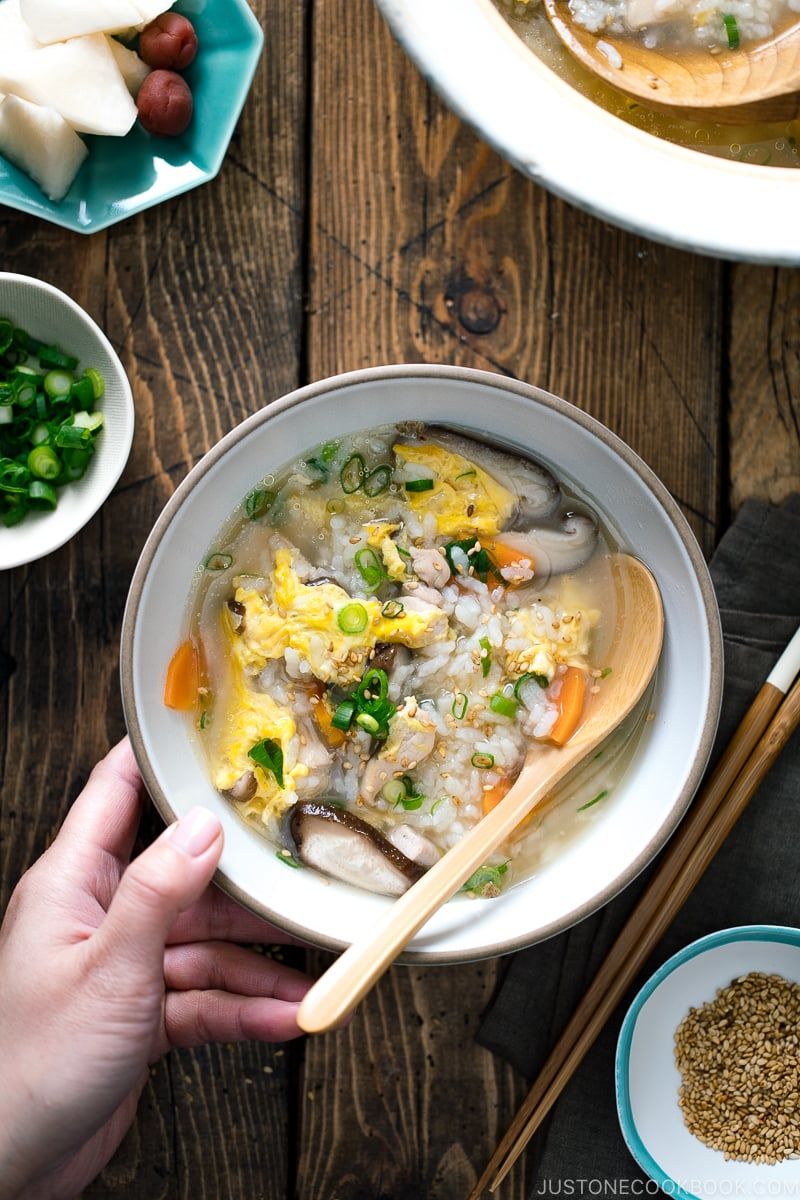
Zosui is a comforting rice soup often enjoyed during the colder months. Its origins lie in utilizing leftover rice, transforming it into a nourishing meal. The soft texture of the rice, combined with beaten eggs and sliced mushrooms, creates a harmonious blend of flavors and nutrients.
Popular for its versatility, Zosui can be customized with various ingredients based on what is available. The light broth, often flavored with soy sauce and dashi, enhances the taste without overpowering the dish. Zosui stands as a testament to Japanese ingenuity in culinary traditions.
Tonjiru

Known for its rich, savory flavor, Tonjiru is a hearty soup featuring slices of pork and a variety of root vegetables like daikon and carrots. The addition of miso gives it a deep umami flavor, making it a perfect dish for cold weather.
Tonjiru is often enjoyed as a main course due to its substantial ingredients. The combination of tender pork and vegetables, simmered to perfection, creates a satisfying and warming meal. This soup highlights the Japanese love for balancing taste and nutrition in a single bowl.
Suimono
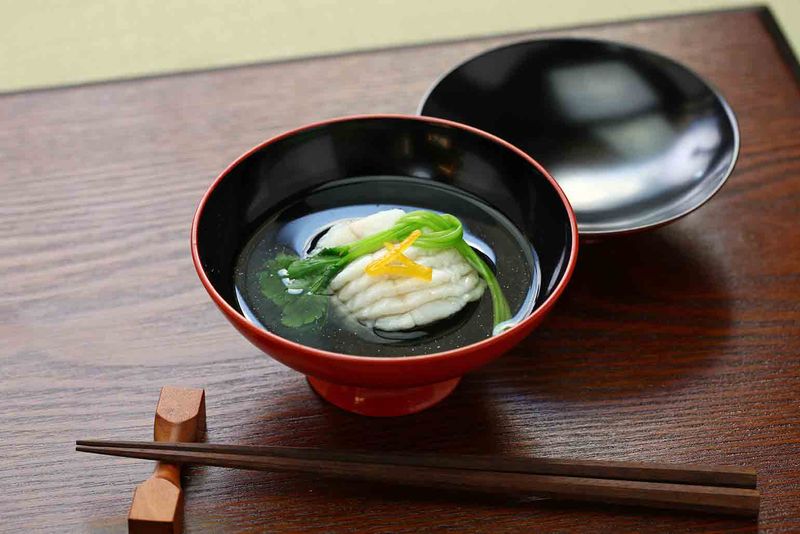
Suimono, meaning ‘things to sip,’ is a clear soup known for its delicate and refined taste. Often served as a starter, it features a simple broth accented with ingredients like lime, shrimp, and mitsuba, a Japanese herb.
This soup requires careful preparation to achieve the right balance of flavors, ensuring nothing overpowers its gentle taste. Suimono reflects the Japanese culinary philosophy of harmony and simplicity, offering a subtle yet memorable dining experience.
Shoyu Ramen
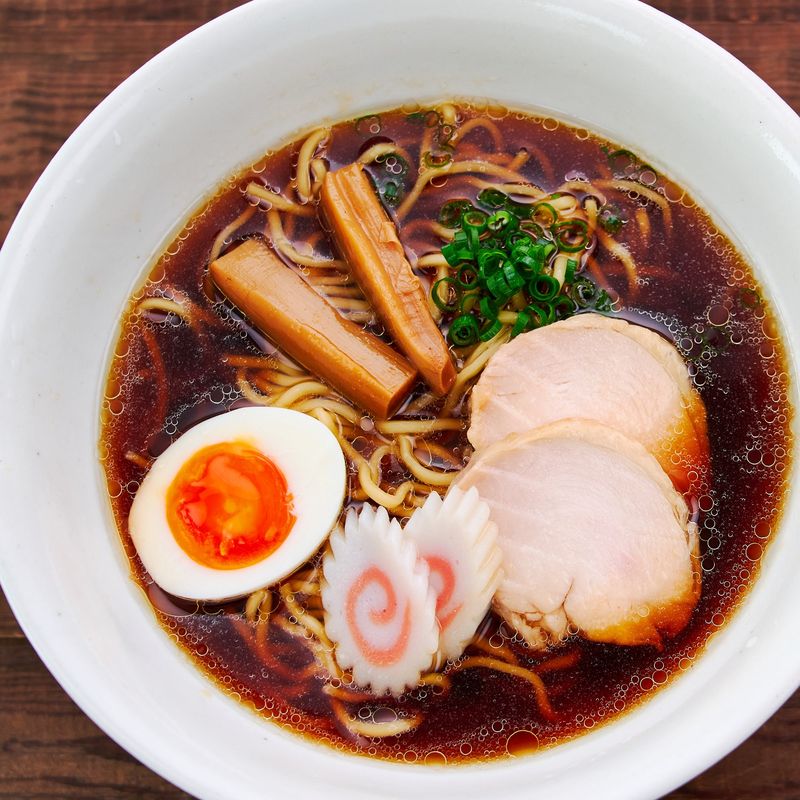
Shoyu Ramen is a beloved Japanese noodle soup, distinguished by its soy sauce-based broth that offers a savory and slightly tangy flavor. The broth is complemented by chewy noodles, tender slices of pork, and a perfectly soft-boiled egg.
Often garnished with nori seaweed and green onions, Shoyu Ramen is both satisfying and full of character. This dish captures the heart of Japanese street food culture, providing warmth and delight in every slurp.
Kenchin-jiru
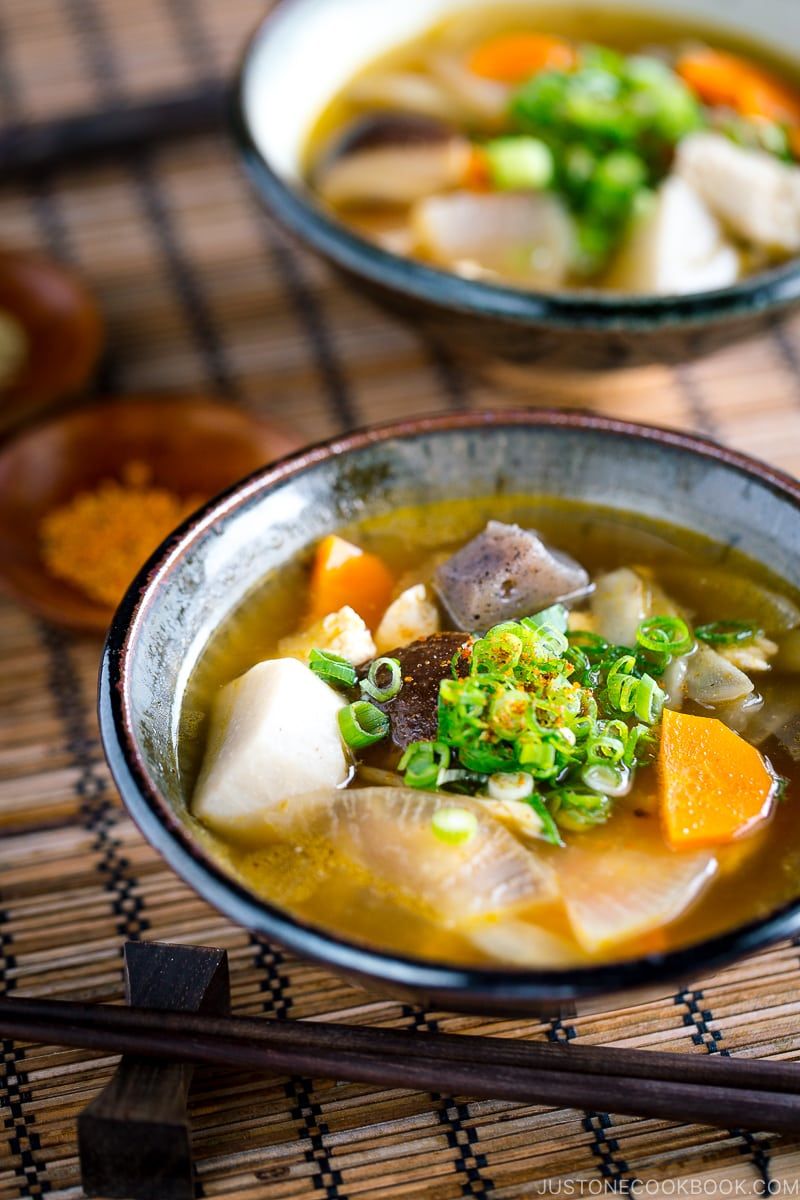
Kenchin-jiru is a vegetable soup deeply rooted in Buddhist tradition, known for its wholesome and plant-based ingredients. Originally a temple dish, it features firm tofu, daikon, carrots, and shiitake mushrooms.
The broth, often miso-flavored, provides a comforting base that enhances the natural sweetness of the vegetables. Kenchin-jiru is both nourishing and satisfying, celebrating the simplicity and purity of Japanese vegetarian cooking.
Kabocha Soup

Kabocha Soup, made from Japanese pumpkin, offers a velvety texture and a naturally sweet flavor. This creamy soup is often enjoyed during the fall, showcasing the seasonal bounty.
The addition of fresh cream and toasted pumpkin seeds provides a delightful contrast, both in taste and texture. Kabocha Soup exemplifies the Japanese appreciation for seasonal ingredients, turning simple produce into gourmet delight.
Kakitamajiru
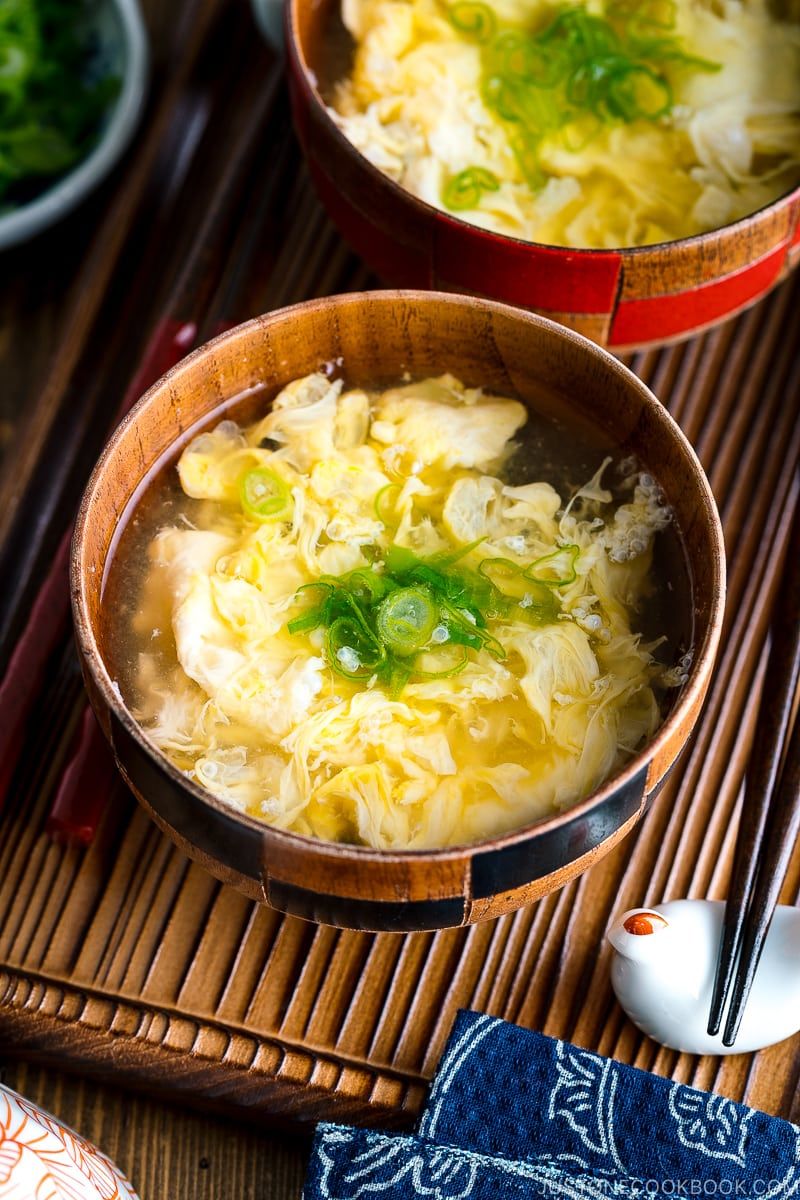
Kakitamajiru is a Japanese version of egg drop soup, known for its light and fluffy texture. The swirls of egg in the clear broth create a visually appealing and appetizing dish.
Often garnished with green onions and nori, this soup is both simple and elegant. Kakitamajiru highlights the Japanese art of transforming basic ingredients into something special, offering warmth and comfort with every spoonful.
Chawanmushi
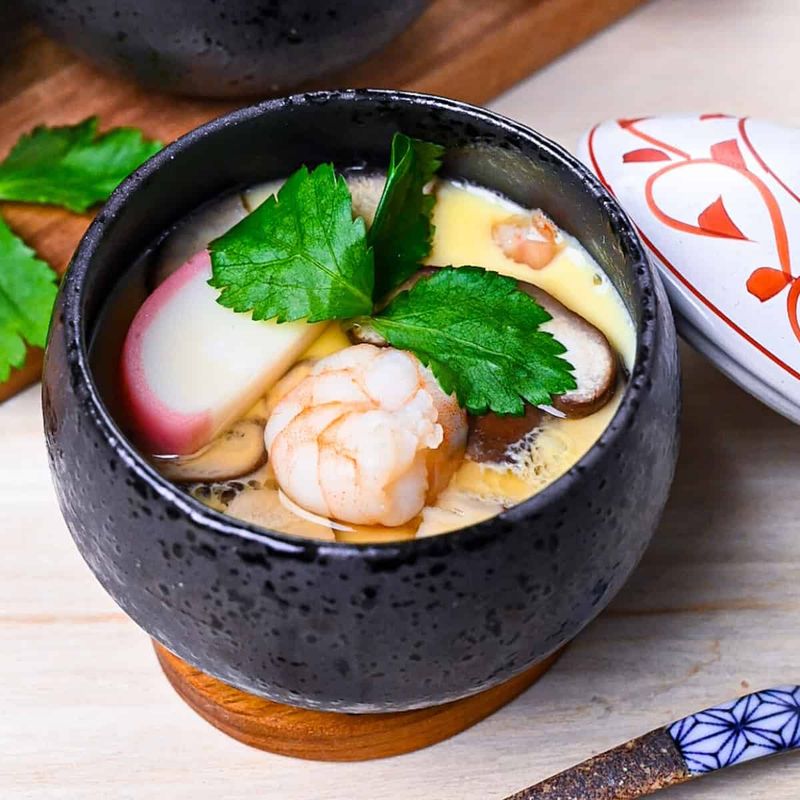
Chawanmushi is a steamed egg custard soup, celebrated for its silky texture and savory flavor. Infused with ingredients like chicken, shiitake mushrooms, and kamaboko fish cake, it offers a delightful mix of textures.
Often served in a small cup, Chawanmushi is a popular appetizer in Japanese cuisine. This dish exemplifies the Japanese love for delicate flavors and intricate preparation, making it a cherished part of traditional meals.
Hoto
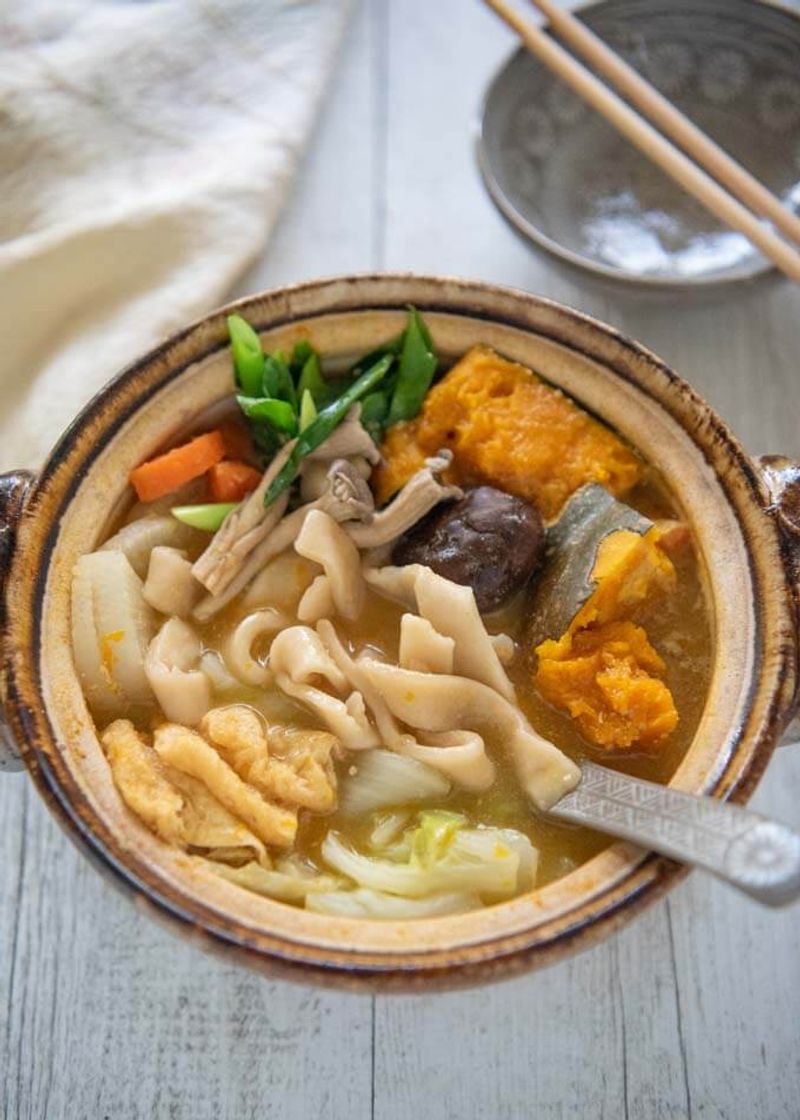
Hoto is a hearty noodle soup known for its wide flat noodles and rich, miso-based broth. Often filled with seasonal vegetables and pumpkin, this dish is a regional specialty of Yamanashi Prefecture.
The thick, chewy noodles absorb the flavorful broth, creating a satisfying and robust dish. Hoto embodies the rustic charm of Japanese countryside cooking, offering comfort and warmth in every bowl.
Leave a comment